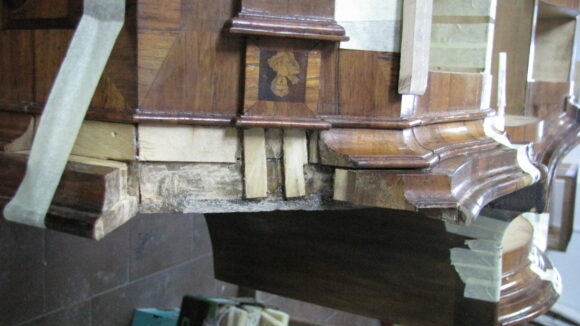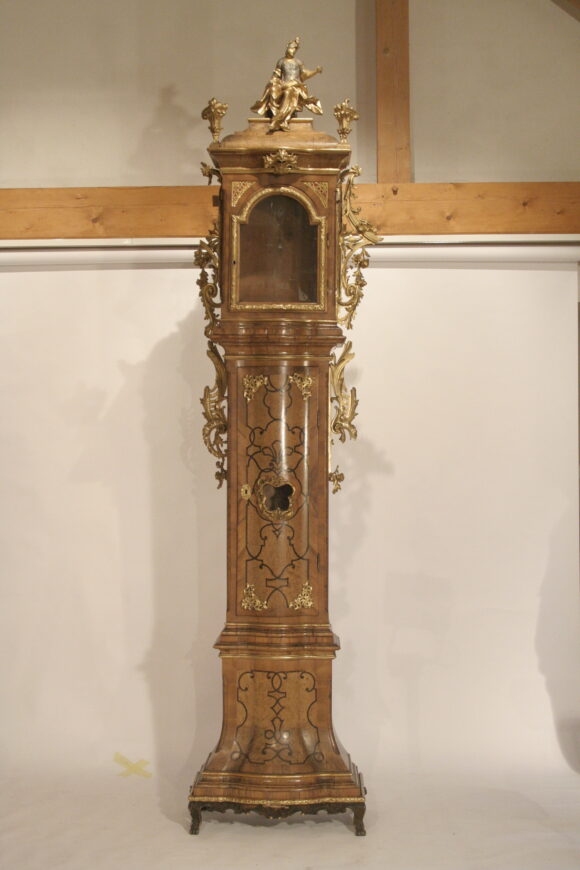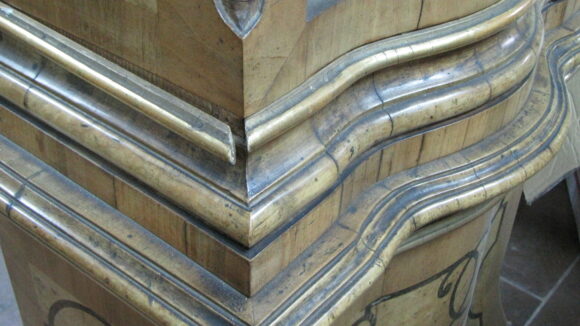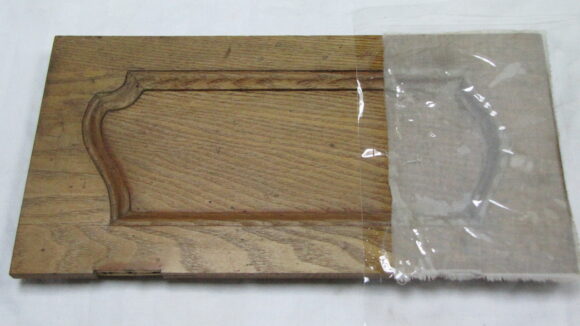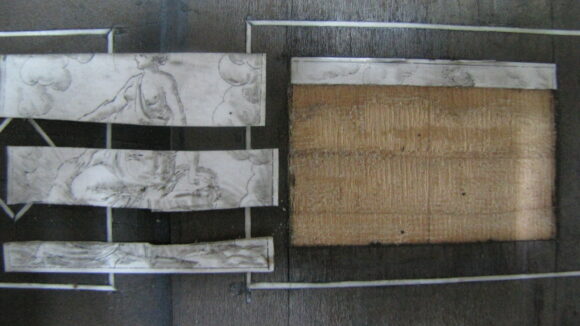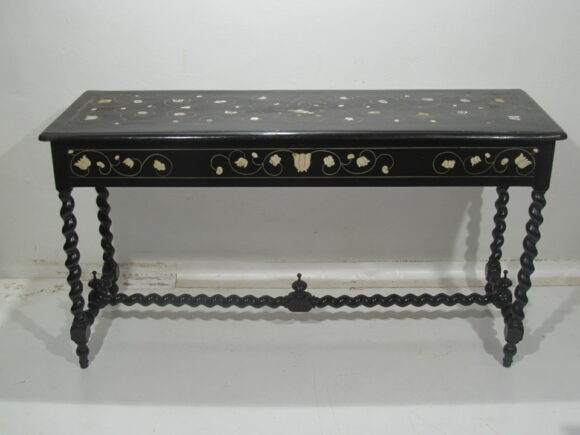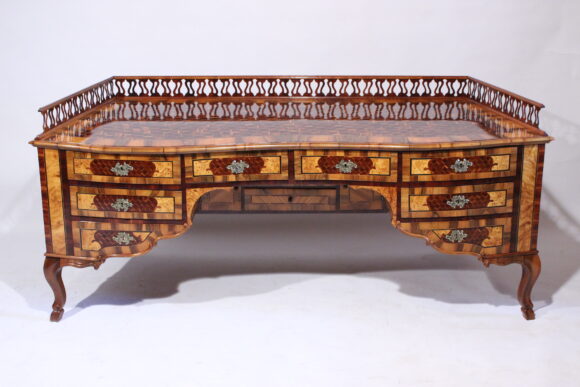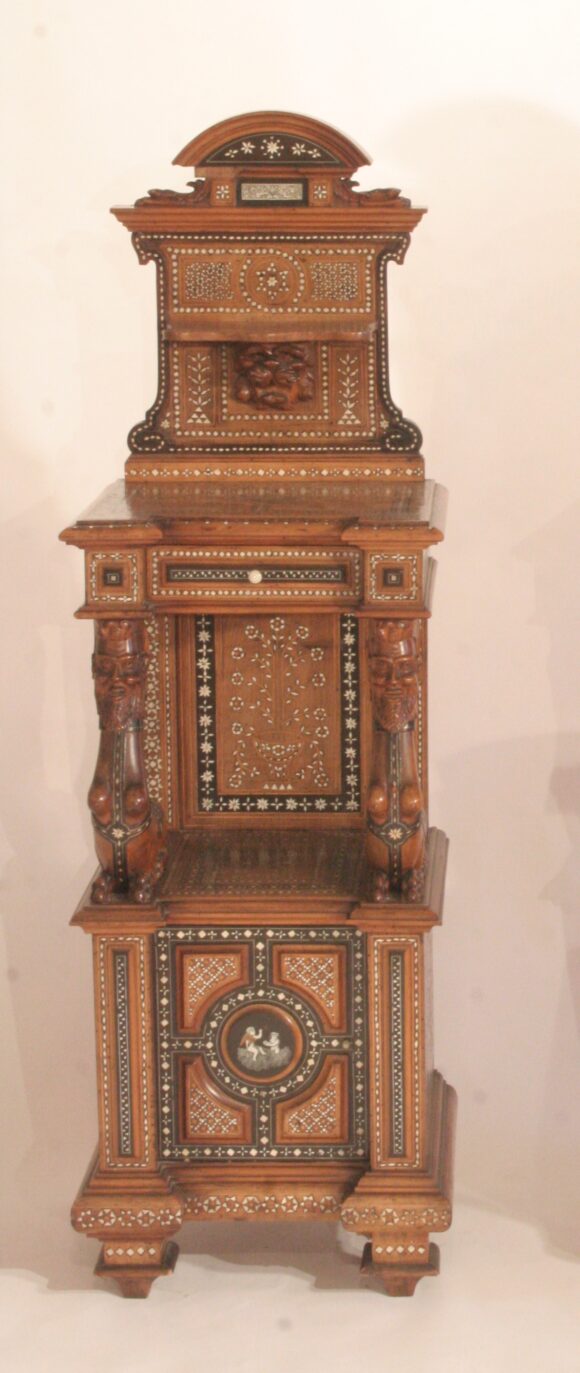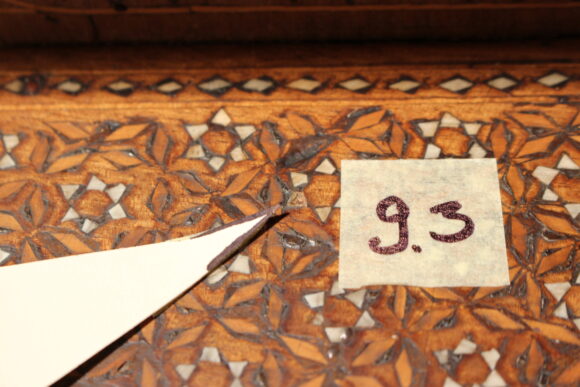Restoration of selected furniture of the Archbishop’s Castle in Kroměříž. It is the restoration of 28 pieces of historical furniture from the 17th-19th centuries.
Bedroom set from the 19th century
It is a great honour for us to be able to participate in the restoration of such a valuable cultural heritage , as we see here at the Archbishop’s Castle. Any work of this type is a challenge and a pleasure for us to contribute to the preservation of historical artefacts as a testimony to history. All the more so when it involves such unique furniture, such as a set of bedrooms purchased by Theodor Khon from Italian masters in the 19th century. The work on this set is absolutely magnificent. Whenever we stand in front of such a piece of furniture, we do so with great humility and respect for the craftsmanship of the time. Just realizing the equipment and the precision and accuracy with which our ancestors once worked. Despite the fact that today we have technology and new materials at our disposal, it is essential for us to always use original techniques using traditional materials.
In the case of marquetry in this particular bedroom, disparate materials such as non-ferrous metals – brass – copper – pewter – fruit woods – mother of pearl and ivory were stacked together. Materials that have different properties in their density, extensibility, toughness and appearance. Each of these materials is worked with differently, but the result must be equally perfect. All the bedroom structures have been heavily infested with woodworm, a wood-boring pest. After remediation by irradiation, it was decided on the inspection day to keep the original polytunnel due to its good condition. However, the destruction of the wood masses after infestation under the veneer was considerable in some places. It was therefore necessary to remove the veneer in a gentle manner, to re-petrify the timber and to wedge the veneer back into place so that neither the veneer nor the polish was damaged.
Another challenge in our work was not so much the craftsmanship as it was a legislative problem. The law does not allow for the trade of raw materials such as ivory. We had to replace the missing parts that were made from this bone with another material, or another bone of similar properties and appearance. Finding such a material was not easy. After many, many trials, we chose from deer and antelope bones.
As I have already mentioned, a commission of this type was a challenge for us and we are glad for it. Because the result of our work is pleasing to us and the financial reward is not always the most important thing.
17th century secretaries
Another gem and challenge for our work was a set of 17th century Venetian Masters furniture. Top quality craftsmanship made from the finest materials. These were jewelled secretaries and storage desks in solid ebony and ivory. The ivory was carved to incredible detail and then engraved in delicate carvings in various animal and plant motifs.
These fine details were then inlaid into the solid ebony. The missing parts were then created and inserted into the ebony in the same way as the earlier masters. The reconstructed parts were then indistinguishable from the original, the Secretaries were fitted with a large number of balustrade turned cones made of the aforementioned ivory. Out of a total of about 140 pieces, 63 were missing. Our task was also to fill in the missing parts. We were again faced with a legislative problem. The law does not allow the trade of raw materials such as ivory. We had to replace the missing parts, which were made of this bone, with another material or another bone of similar characteristics and appearance. Finding such a material was not easy. After many, many trials, we chose from deer and antelope bones.
The original skittles were made in the way that technology allowed them to be made in the 17th century. That is, each cone was made with great precision, but each was a different shape. We also had to make the refilled cones in the same way, even though we now have modern precision lathe technology and CNC machines. Our watchmaker therefore made the miniature cones on his great-grandfather’s old hand lathe for several weeks.
The secretaries were composed of two parts. The upper part with drawers, which stands on a plinth table with turned legs.
The 17th century craftsmen probably also dealt with the value and scarcity of valuable materials. The pedestal tables were made in the same way as the secretary superstructure and even in some parts on the secretary such as the cornice mouldings, cheaper materials were used in this case alder which was toned down to a visual appearance like solid ebony which was already partly worn away. In consultation with the historians at the inspection day it was decided not to interfere with the colour unification of the different materials and to respect the surviving parts of the original staining without adding to it. The original shellac polish was then replenished and the original polished.
The secretaries have their patina and are visually in excellent condition for the sensitive renovation and will adorn the Archbishop’s Castle in Kroměříž for five centuries.


